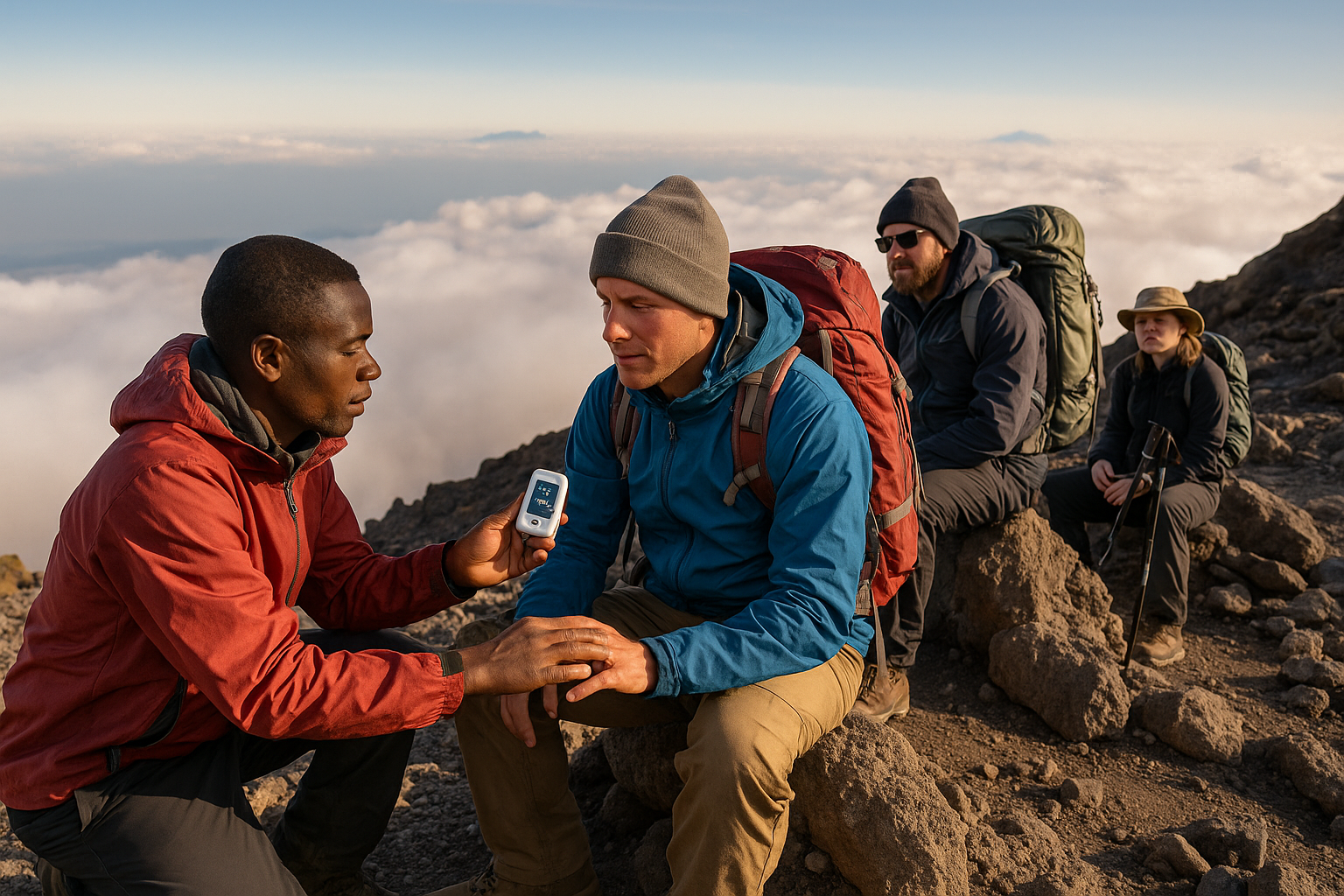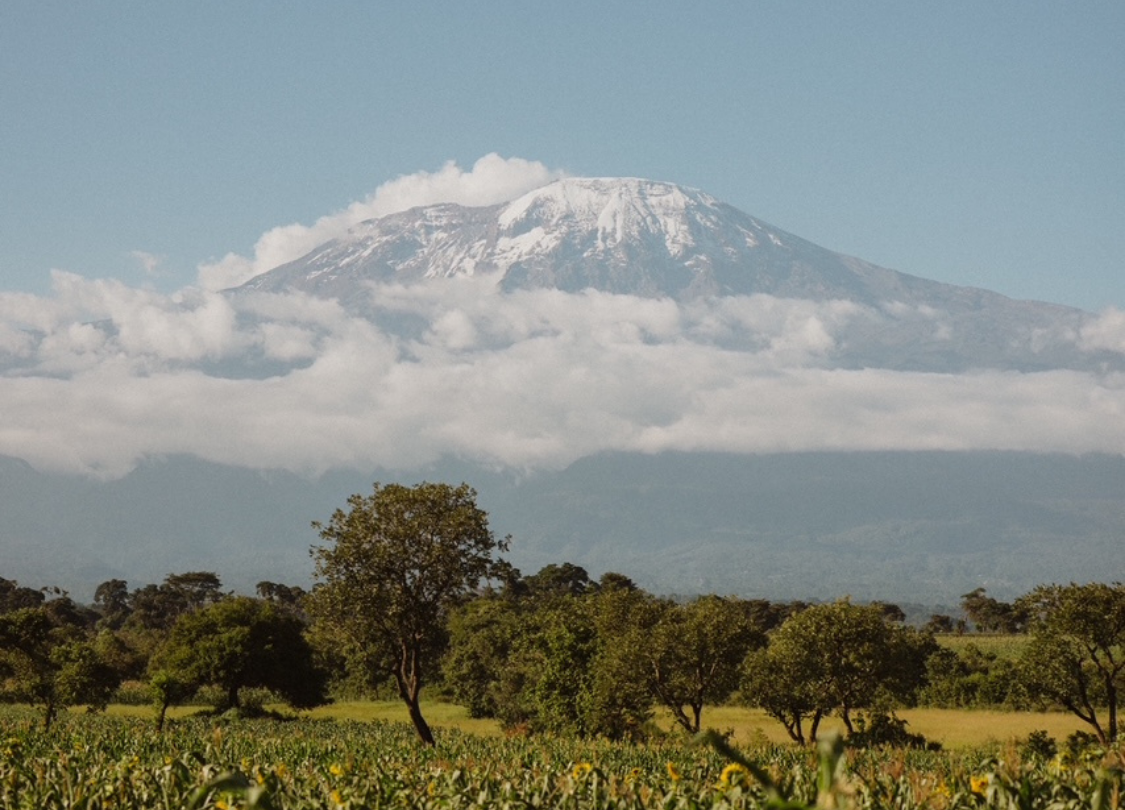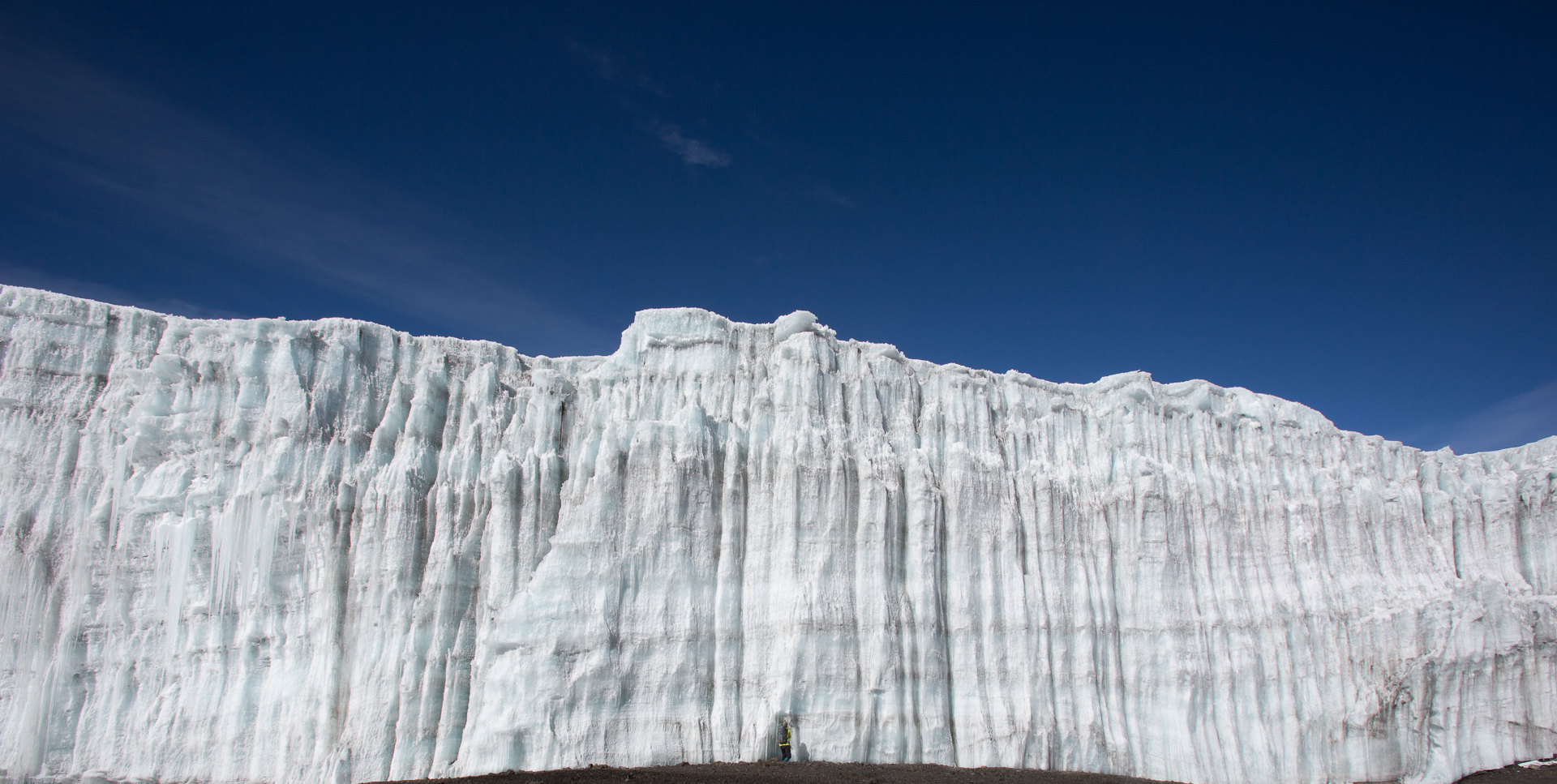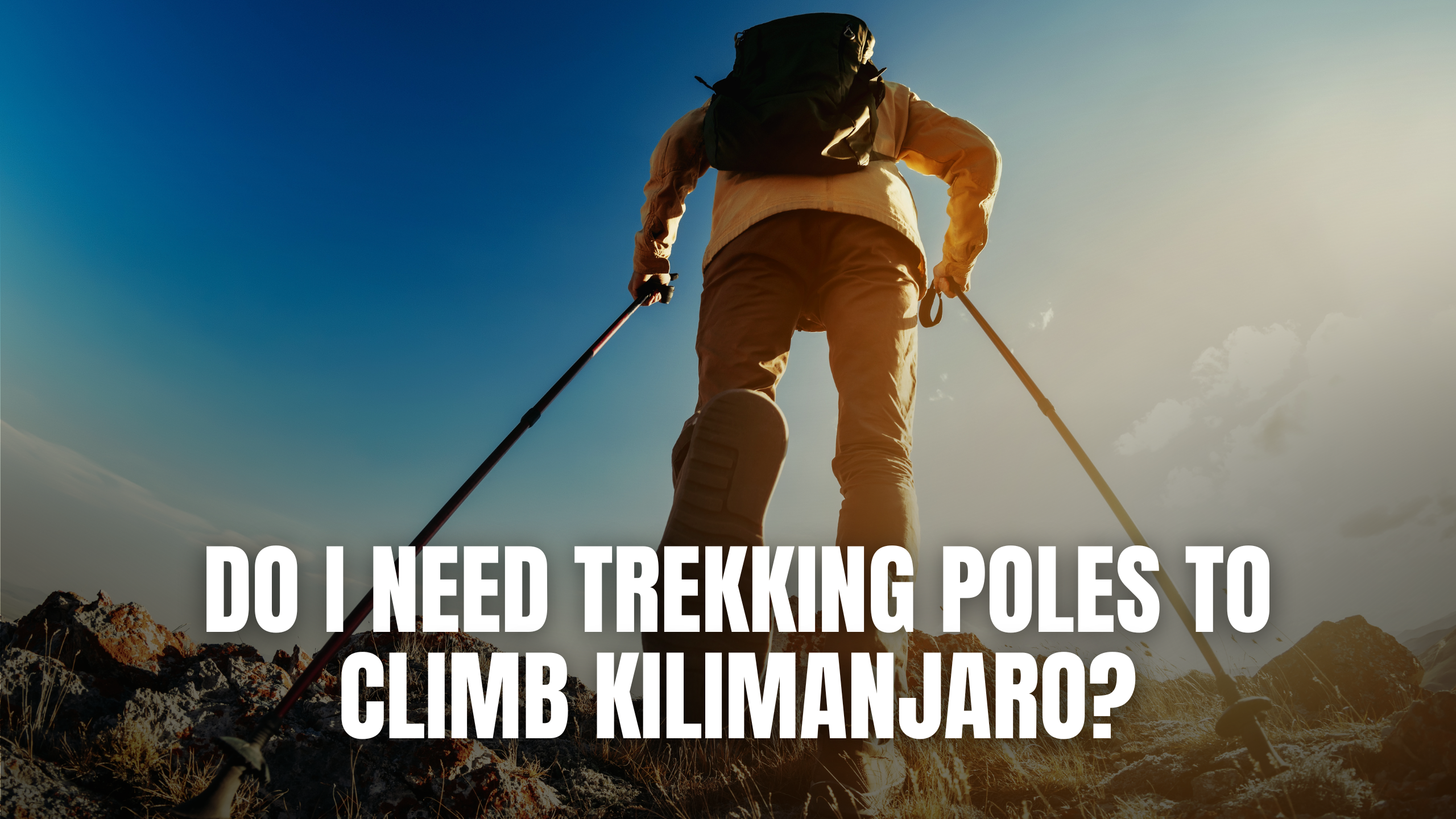Introduction: Fear the Myths—Not the Mountain
One of the biggest concerns climbers have before tackling Mount Kilimanjaro isn’t the distance, the cold, or the summit push. It’s altitude.
Altitude brings mystery, misinformation, and nervous questions — even from strong hikers. But most of what people believe about elevation, oxygen levels, and acclimatization simply isn’t true.
At Climb Kili, where our guides summit Kilimanjaro hundreds of times per year, we’ve heard it all — and we’re here to separate fact from fear.
These are the 7 altitude myths that most trekkers still get wrong (even experienced ones).
1. Myth: Being Fit Means You Won’t Get Altitude Sickness

This is the most common misconception among climbers. Many assume that if they run marathons, cycle, CrossFit, or hike regularly, they’re automatically safe from altitude sickness.
Reality:
Altitude sickness doesn’t care how strong you are — it cares how well you acclimatize.
Ultra-fit athletes can struggle, while beginner hikers can acclimate beautifully. Your fitness helps with endurance, but your body still needs slow, gentle exposure to reduced oxygen.
That’s why Climb Kili’s routes and pacing (pole pole!) are designed to help everyone, regardless of fitness level, adjust safely.
2. Myth: Drinking Tons of Water Prevents Altitude Sickness
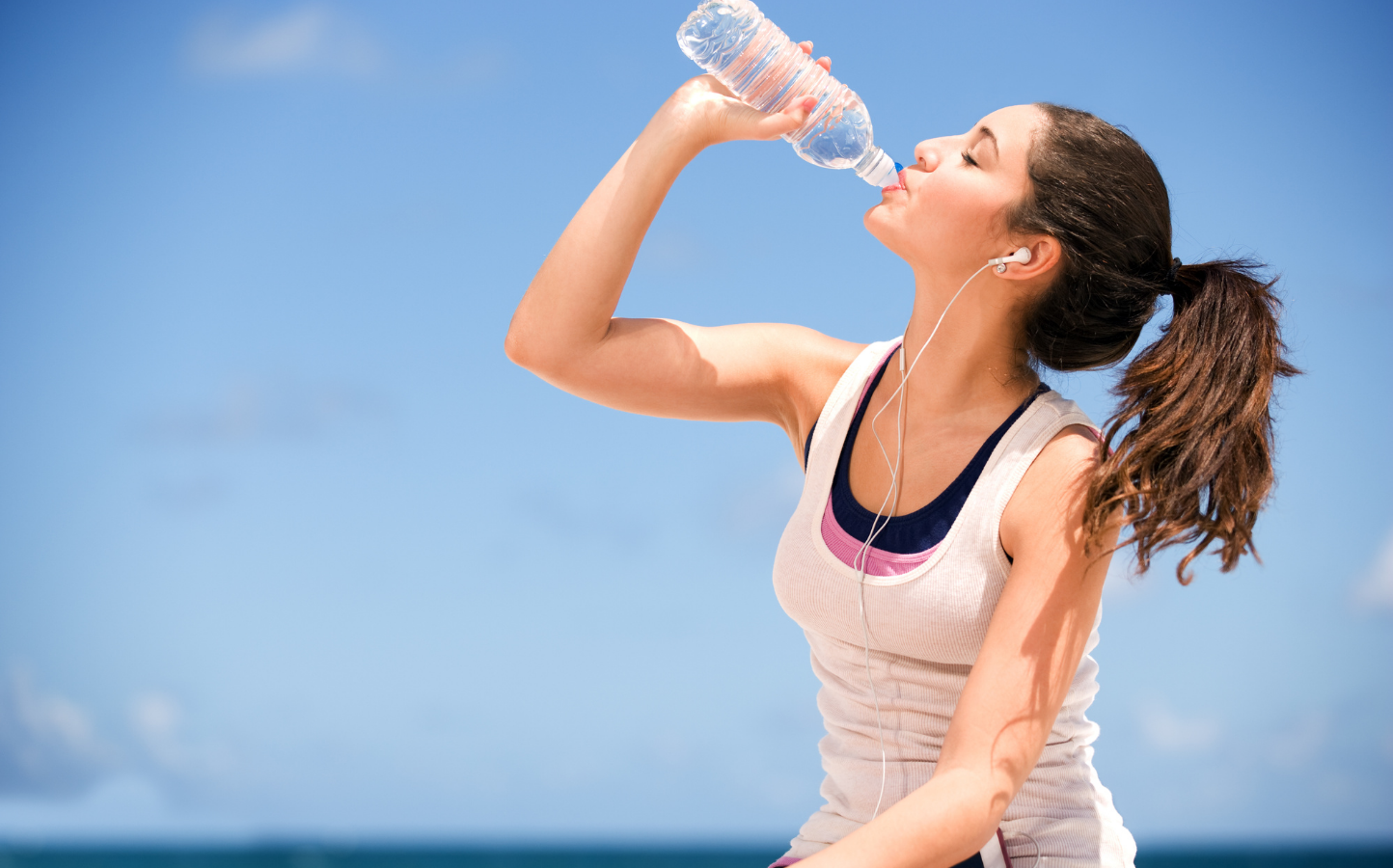
Hydration is important, but many trekkers take it too far — chugging water nonstop under the belief that it prevents AMS.
Reality:
Water does not prevent altitude sickness.
Over-drinking can even cause hyponatremia (dangerously low sodium levels).
The real goal:
✔ 3–4 liters of water per day
✔ added electrolytes to maintain balance
✔ steady hydration — not forceful overdrinking
Acclimatization depends far more on pacing and elevation gain than your water bottle.
3. Myth: Altitude Masks or Gym Training Prepare You for Thin Air
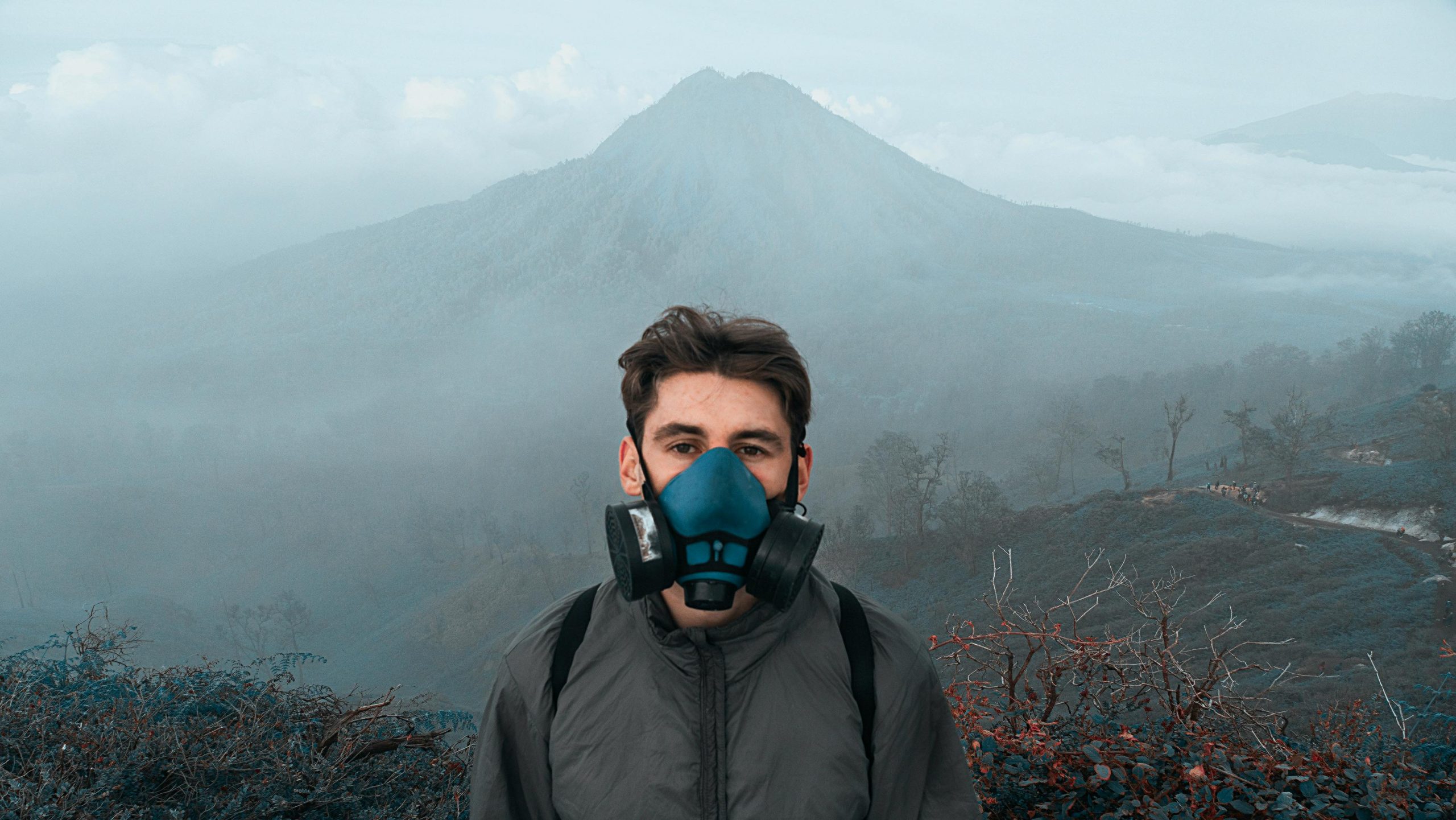
Altitude masks, HIIT, stair machines, and tough endurance workouts are great for fitness, but they don’t simulate altitude.
Reality:
True acclimatization only happens when your body is actually in a low-oxygen environment.
Altitude masks only restrict airflow — they don’t reduce oxygen concentration. They may strengthen your lungs and cardio, but that’s not the same as adjusting your red blood cell count or breath efficiency at 15,000+ feet.
Best training for altitude?
✔ long hikes
✔ steady endurance exercises
✔ strengthening your legs, lungs, and mental stamina
Altitude adaptation? That happens on the mountain — and Climb Kili guides ensure you do it safely.
4. Myth: You’ll Know You’re Getting Sick Right Away

Many climbers assume altitude sickness happens suddenly — one minute you’re fine, the next minute you’re dizzy and vomiting.
Reality:
Altitude sickness symptoms usually start mild:
- a small headache
- light fatigue
- slight nausea
- poor appetite
These are normal as your body adjusts. What matters is how symptoms change over time.
Climb Kili guides monitor your vitals twice daily using pulse oximeters and health checks. We watch for patterns, not isolated moments — that’s where safety lies.
5. Myth: Taking Diamox Guarantees You Won’t Get Altitude Sickness

Diamox (acetazolamide) is a common medication recommended by doctors to assist acclimatization. But many climbers treat it like a magic shield.
Reality:
Diamox is not a cure and does not eliminate your risk.
It simply helps your body adjust faster by increasing breathing rate and improving oxygen uptake.
Some climbers use it, some don’t — and many successfully summit without it.
The real keys to avoiding altitude sickness are:
✔ slow ascent
✔ proper hydration
✔ steady nutrition
✔ rest
✔ listening to your guides
Diamox helps, but it doesn’t replace smart acclimatization.
6. Myth: If You Feel Altitude Symptoms, Your Climb Is Over

This myth makes many trekkers panic at the first headache or wave of nausea.
Reality:
Most altitude symptoms are temporary and manageable.
Many climbers feel mild discomfort — especially around 3,500m to 4,500m — but still make it to Uhuru Peak successfully.
Your Climb Kili guides will:
✔ slow your pace
✔ encourage rest
✔ monitor oxygen levels
✔ remind you to hydrate and eat
✔ adjust the schedule if needed
Only severe altitude sickness requires immediate descent — and that is rare when trekking with trained professionals.
7. Myth: Everyone Feels Miserable at High Altitude

This one is simply not true — and we see proof every day.
Reality:
Most trekkers feel surprisingly strong with proper pacing and route choice.
Many even say that the alpine desert and arctic zones became their favorite part of the climb.
With the right support, altitude becomes a challenge — not a punishment.
And when the sun rises over the glaciers at Stella Point… everything else becomes worth it.
How Climb Kili Keeps You Safe at Altitude

Our mountain crew includes:
✔ TNPA-certified guides
✔ Wilderness First Responder instructors
✔ Daily health monitoring
✔ Pulse oximeter checks
✔ Emergency oxygen
✔ Emergency descent equipment
✔ High-altitude training and experience
Our itineraries include gradual acclimatization and “climb high, sleep low” patterns that dramatically increase your chance of a healthy, successful summit.
This is why Climb Kili maintains one of the highest summit success rates on the mountain.
Altitude Is Manageable When You Understand It
The truth is this: altitude doesn’t stop climbers — misunderstanding does.
When you replace myths with facts, Kilimanjaro becomes far less intimidating and far more achievable.
Your body is capable.
Your guides are prepared.
And the mountain is waiting.
Tutaonana juu ya mlima (See you on the mountain) 💚🏔️


